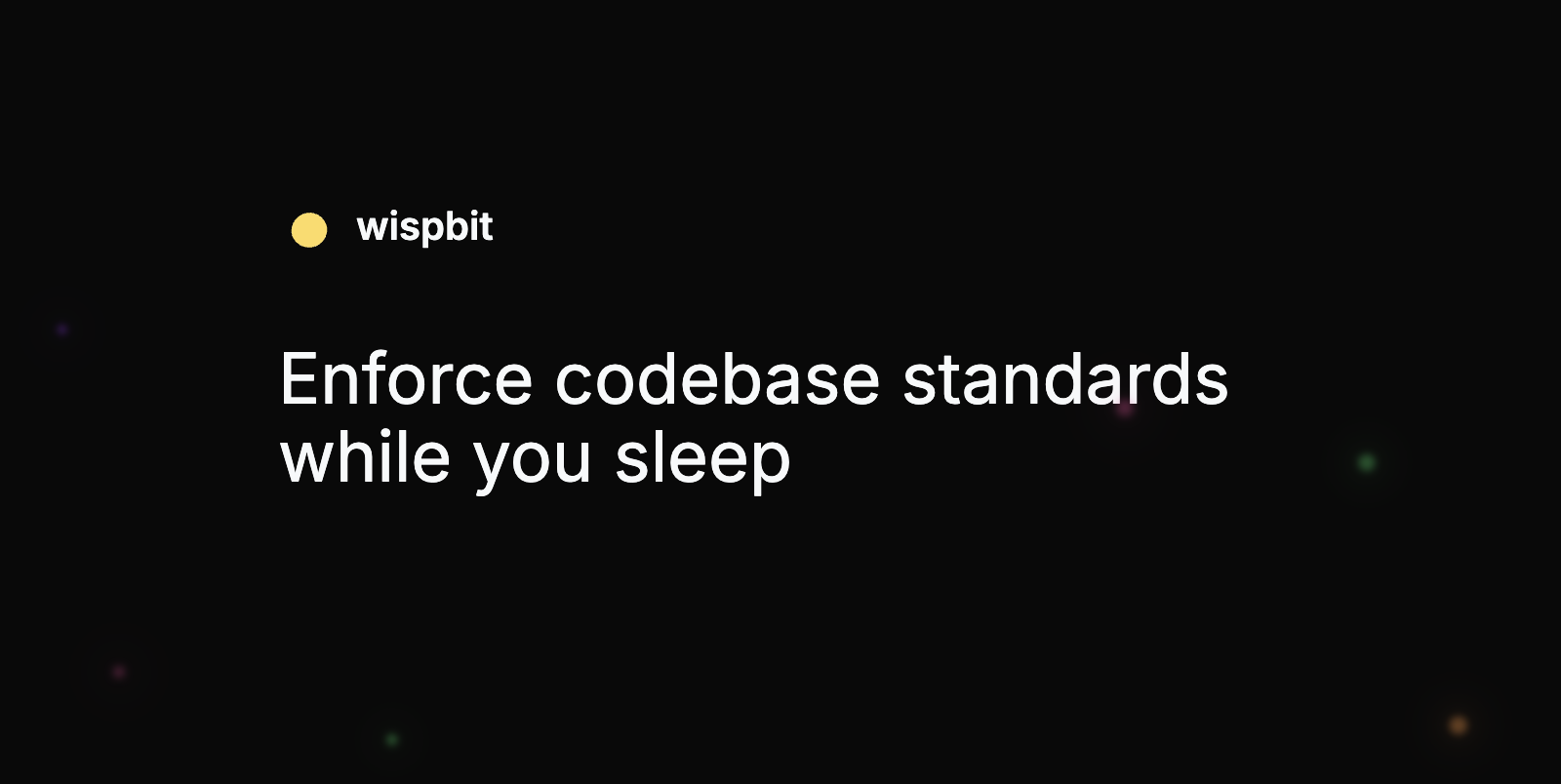DevOps Articles
Curated articles, resources, tips and trends from the DevOps World.
Single-tenant vs. multi-tenant cloud architecture
Summary: This is a summary of an article originally published by TechTarget Data Center. Read the full original article here →
Single-tenant and multi-tenant cloud architectures cater to different business needs and operational strategies. Single-tenant architecture offers dedicated resources for individual users, providing enhanced security and customization. This model is particularly favored by organizations that require stringent compliance and personalized performance settings, making it ideal for enterprises with unique workload requirements.
Conversely, multi-tenant architecture enables multiple users to share resources, resulting in a more cost-effective solution. This setup enhances scalability and efficiency but can introduce challenges related to data isolation and security. Businesses looking for cost savings and streamlined service deployment often gravitate toward this model.
Ultimately, the choice between single-tenant and multi-tenant architectures hinges on an organization’s specific needs, including control, compliance, and budget. Understanding these distinctions enables DevOps teams to make informed decisions when architecting server environments conducive to their operational demands.
For those navigating the cloud landscape, choosing the right architecture simplifies scaling and enhances overall productivity, aligning IT capabilities with business strategies.
Product
Useful Links
Made with pure grit © 2025 Jetpack Labs Inc. All rights reserved. www.jetpacklabs.com





